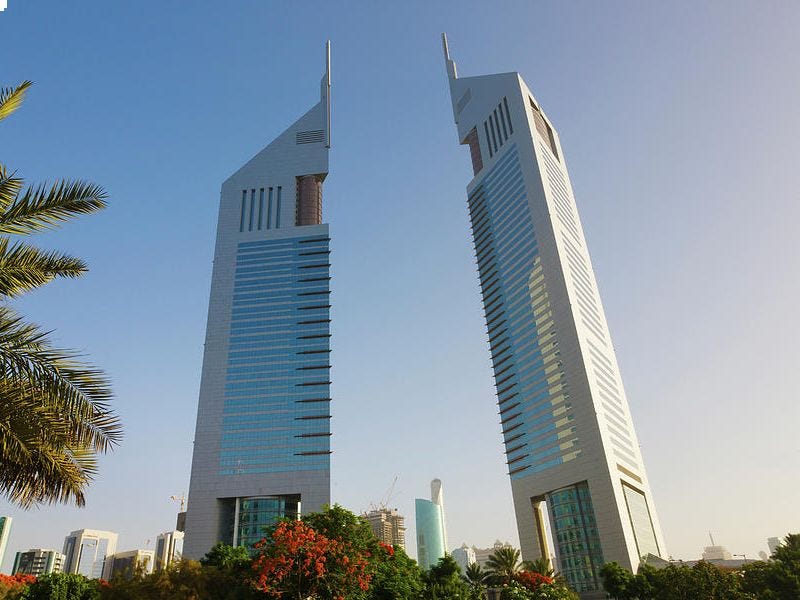Scaling
How PayPal scaled Kafka to handle 1+ Trillion of daily events. Plus using geoDNS and edge cache to build systems reaching a global audience.
Hi Friends,
Welcome to the 41th edition of the Polymathic Engineer newsletter.
Last week I read a very interesting blog post on the PayPal engineering blog and it would be great to discuss about it with you. In addition we will see how a possible way to scale a website so that it can support a global audience like Amazon or Uber.
The outline will be as f…


